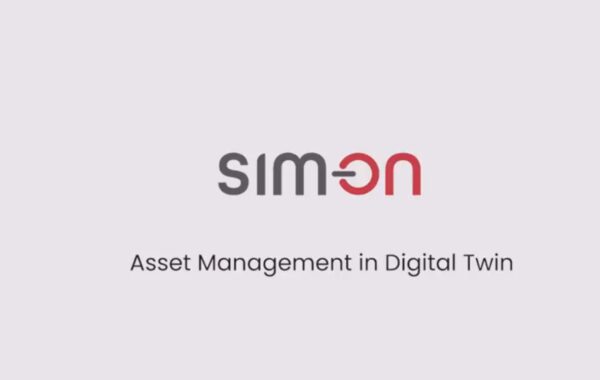Building Information Modeling (BIM) marks a fundamental change in the planning, construction, and management of buildings. It is not merely software, but a cooperative working methodology that uses digital models to consistently capture, exchange, and analyze all relevant information throughout the entire lifecycle of a building. At its core, it’s about bundling data – from geometry to material properties to costs and schedules – in a central model that serves as a “Single Source of Truth.”
From Linear to Circular Thinking
Traditional planning processes follow a linear sequence: design, tender, construction, operation. BIM breaks through this silo mentality and establishes a lifecycle-oriented approach. A building is viewed as a dynamic entity from the initial idea through use to deconstruction. This perspective is crucial for achieving sustainability goals. For example, the Munich project “Südliches Gleisdreieck” was able to reduce its CO₂ footprint over 50 years by 23% through BIM-supported lifecycle analyses – primarily through reusable steel connections and optimized operational processes.
Technological and Cultural Pillars
BIM is based on three pillars:
1 .Technology: Open data formats such as IFC (Industry Foundation Classes) enable interoperable collaboration between different software tools.
2. Processes: Clear rules for data exchange, for example via a Common Data Environment (CDE), structure collaborative work.
3. People: New roles such as the BIM Manager or digital specialist planners bridge the gap between technology and practice.
An example of the challenges of this interdisciplinarity is the Frauenkirche in Munich: Here, laser scanning data of the historical masonry had to be harmonized with modern fire protection requirements – a process that was only successful through close cooperation between conservationists, structural engineers, and software experts.
Standards and Norms: The Key to Interoperability
Despite progress, data interoperability remains a central hurdle. While ISO 16739 (IFC) defines a universal exchange format, in practice, information losses still occur when transferring between tools like Revit, Allplan, or Archicad. The Technical University of Munich developed the OpenBIM Quality Checker for this purpose, a tool that automatically checks IFC files for conformity with the Bavarian BIM minimum standard.
At the same time, traditional standards such as GAEB-XML for tendering maintain their relevance – a balancing act between innovation and established practice. The VDI Guideline 2552 Sheet 3 provides orientation here by defining specific requirements for the modeling of building services systems.
Actors in the Field of Tension
The introduction of BIM changes established role models. While the BIM Manager is already a permanent position in 78% of Bavarian general contractors, many small planning offices struggle with the requirements. The HOAI, the backbone of the German fee structure, was supplemented with BIM-specific services in 2023, but legal gray areas – such as liability for model errors – remain. A judgment of the Munich Higher Regional Court (Case No. 34 O 567/22) underscores this: It confirmed that unverified approvals of model parts can be considered gross negligence.
Sustainable Added Value
Studies by the Fraunhofer IAO demonstrate the economic and ecological advantages of BIM:
- Cost certainty: Reduction of planning errors by up to 40%
- Time efficiency: 18% shorter planning duration through automated collision checks
- Resource conservation: Precise quantity determination reduces material waste
But BIM is more than an efficiency tool. It enables participatory planning: During the renovation of the Olympic Park in Munich, citizens were able to provide early feedback on designs via web viewer – a milestone for transparent urban development.
Challenges and Outlook
Germany lags behind in international comparison. Countries such as Great Britain (BIM Level 2 since 2016) or Singapore (BIM mandate since 2015) show that a government-controlled strategy is decisive. In this country, a fragmented software landscape and conservative procurement practices hamper widespread implementation.
Nevertheless, BIM is not an option but a necessity. In view of the shortage of skilled workers, the climate crisis, and the increasing complexity of construction projects, the method is becoming an enabler of digital transformation. The task for the coming years is to harmonize technology, law, and culture – so that BIM not only shines in pilot projects but becomes the new standard.
This chapter is part of the guide “BIM Management for the German Market,” which is updated monthly with new insights from practice and research. Next issue: Deepening of the planning phase with a focus on AI-supported decision-making.





